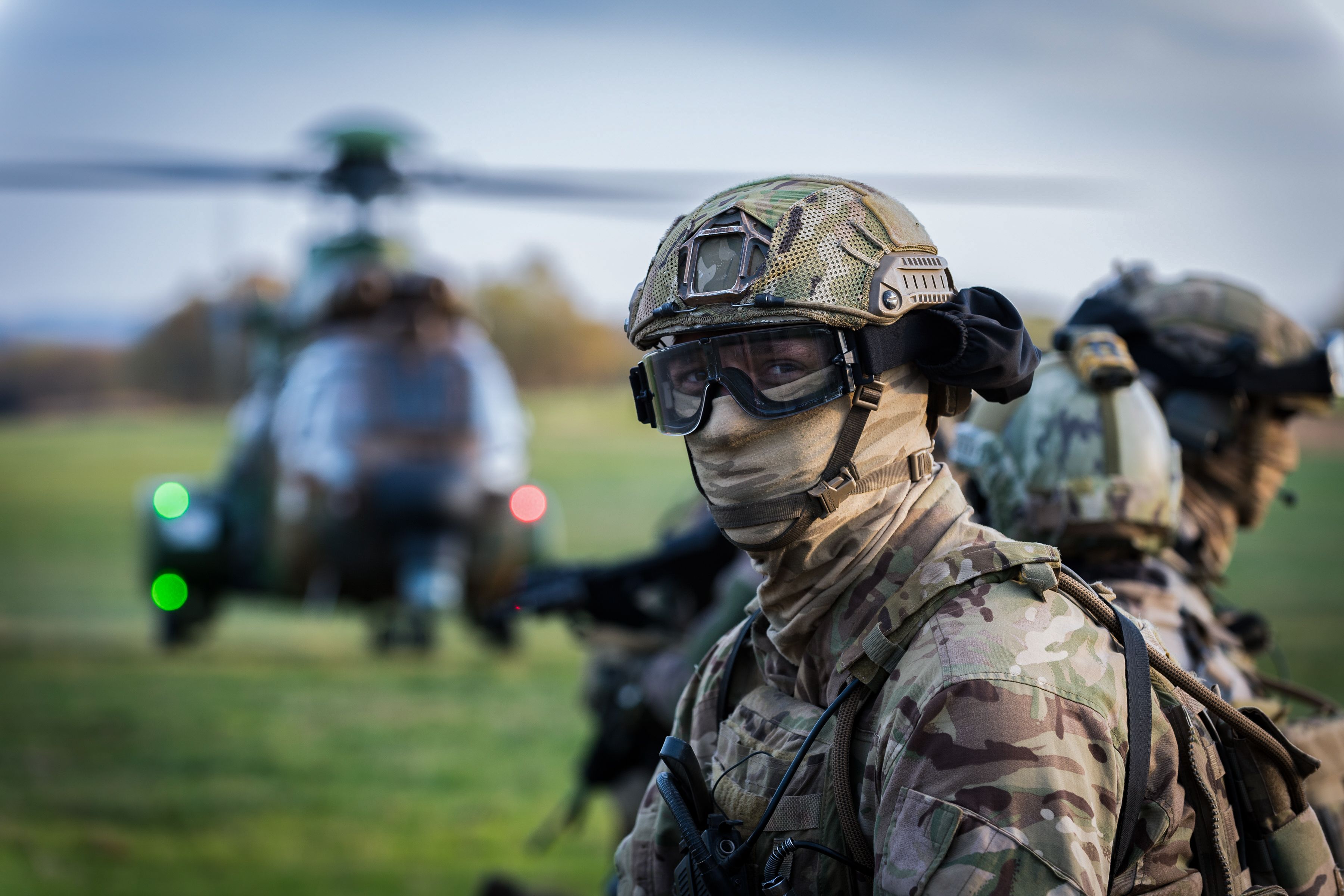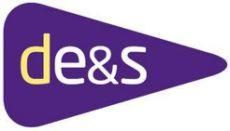COMPARING DRONE DETECTION APPROACHES
)
D-Fend Solutions often leads discussions that encompass both detection and mitigation, due to our end-to-end full incident lifecycle capabilities. Sometimes, though, we find it useful to break up the discussion into separate capability stages. This month, we’re focusing on detection. Obviously, if you cannot detect a drone, you have a significantly reduced chance of effectively mitigating it, or of collecting intelligence on how to prevent future rogue drone incursions.
For detection requirements, organizations will often conduct a self-assessment: what is the surrounding environment like? (terrain, noise level, line-of-sight). What type of drones does the organization expect to be detecting most of the time? Which resources, assets and staff will be allocated to drone detection?
Following that assessment, it is important for an organization’s technology evaluators to review the fundamentals of counter-drone detection, including the pros and cons of each of the main detection technology types.
D-Fend Solutions’ new white note, Traditional Drone Detection Technologies vs. RF Cyber-Drone, can help! This brief piece of content reviews the various traditional counter-drone detection technologies: radars, electro-optical, directional finders and acoustic solutions. It then highlights the wide gap between these solutions and radio frequency (RF)-based cyber-drone detection.
The easily digestible infographic below illustrates and summarizes some of the limitations of the respective traditional detection approaches and then explains how RF cyber technology can overcome those limitations.







